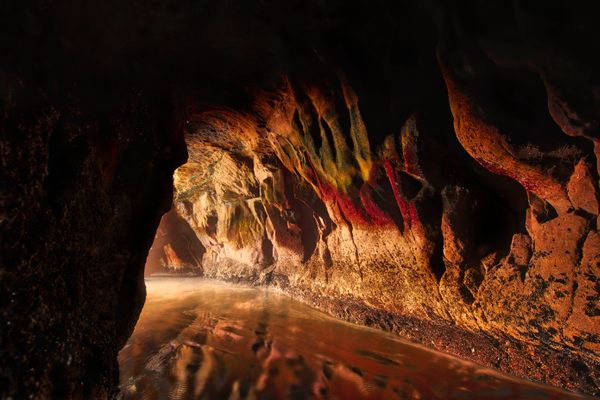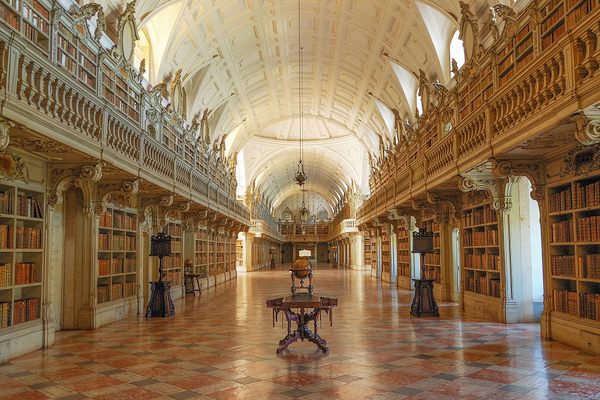Bats and Vampiric Lore in Père Lachaise Cemetery
Bat in Père-Lachaise Cemtery (photograph by the author)
The symbolism of cemeteries can be rather ominous, with skulls and flying souls and the refrain of memento mori — remember that you will die. By the 19th century, however, most cemeteries in Western Europe and the United States had moved to a gentler Victorian iconography, focusing on eternal life with inverted flames still burning in the dark, and weeping angels with their beautiful carved faces demurely turned to the ground. Yet in Père Lachaise Cemetery in Paris, opened in 1804, a curious dark symbol repeats itself: the bat.
Most visitors to this most touristy of cemeteries don’t notice the flying creatures carved in stone or formed in tomb doors, but keep an eye out and you’re likely to see at least one on your visit. As Shannon Moore Shepherd wrote for Atlas Obscura in her account of visiting the cemetery with Jacques Sirgent of the Paris vampire museum, 14 bats are hidden in the cemetery, which, when followed, supposedly ”put you directly in front of the grave [Sirgent] believes the original Dracula was transported to a long time ago.”
The Lautru & Margot tomb (photograph by the author)
There is an undercurrent of vampire mythology in the cemetery. In the 1913 German story Das Grabmal auf dem Père Lachaise by Karl Hans Strobl, a man takes the bargain of a fortune in exchange for spending a year in the tomb of a countess, and finds that he is unable to depart the claustrophobic grave. He suspects that a vampire may be the cause, although the tale is as much about the loss of a sense of self. There’s also the jesting 19th century Les Étrennes d’un vampire, said to have been copied from a manuscript found in the cemetery.
Then there is the very real and gruesome history of François Bertrand. In 1848, graves in Père-Lachaise were found brutally dug open, the corpses grotesquely ripped to fleshy shreds. It turned out that Bertrand — a French military sergeant proclaimed the “Vampire of Montparnasse” in the frenzied press — was to blame, and he admitted to an uncontrollable impulse to mutilate bodies in their graves.
Some cemetery visitors have noted the eerie Valachie mausoleum on the “Allée du Dragon.” Vlad Dracul, father of the man who became Vlad the Impaler and inspired Bram Stoker’s Dracula, means ”Vlad the Dragon,” and on top of the tomb is a sculpture of an eagle grasping in its talons a cross and what looks like a stake.
A bat with a rather human face (photograph by the author)
Despite all the fiction and coincidences, the source of the bat may simply be in its representation of the night, and thus death. It is a rare graveyard symbol, but not unseen in other cemeteries around the world, although not nearly in such a concentrated number. An old demonic protection superstition also involved nailing a dead bat to your door for protection, which the bats with their wings spread wide do resemble. Then there is the grave of phantasmagoria pioneer Robertson, which has bat wings flanking skulls as a reminder of the magician’s spectral feats in evoking the supernatural through his smoke and mirror tricks.
There is no clear reason why these different people chose bats to adorn their final resting places, although they are a reminder of some of the darker histories of this city of the dead. Perhaps it’s best to wait until night, and if you’re lucky you may glimpse some of the real bats that call the cemetery home departing their daily resting place, evoking in the night life in the darkness and the descent of each day into sleep. As the flying hourglass cemetery symbol reminds us: time flies.
The Gaumont tomb (photograph by Till Krech)
Bat on the Gaumont door (photograph by mirandiki/Flickr user)
Bat above a cross on a tomb door (photograph by John Althouse Cohen)
The tomb of Robertson (photograph by istolethetv/Flickr user)
Skulls and bat wings on the Robertson tomb (photograph by the author)
Tomb of Marc Schoelcher, with bats wings on a flying hourglass (photograph by Medelie Vendetta)






















Follow us on Twitter to get the latest on the world's hidden wonders.
Like us on Facebook to get the latest on the world's hidden wonders.
Follow us on Twitter Like us on Facebook